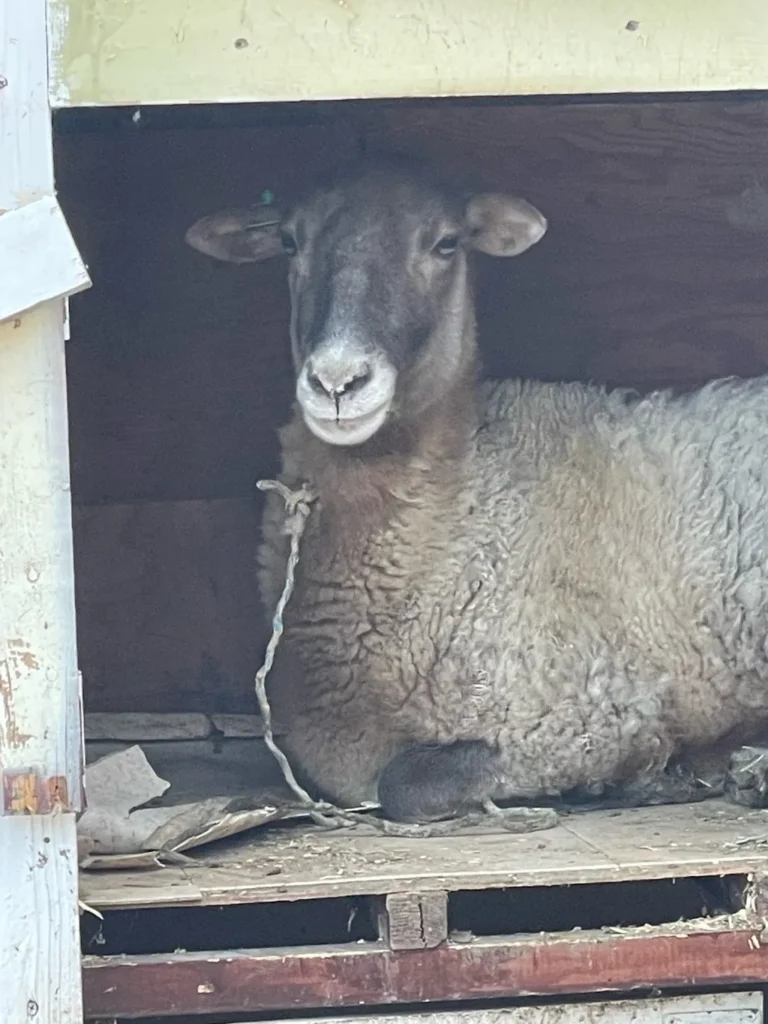In the quest for sustainable and antibiotic-free meat production, researchers have turned to an unlikely ally: rose pomace, a byproduct of rose processing typically discarded or underutilized. A recent study published in *Frontiers in Microbiology* (translated from Chinese as “Frontiers in Microbiology”) explores how dietary supplementation with rose pomace (RP) can influence rumen bacterial diversity, fermentation, and the fatty acid profiles of lamb meat, offering promising insights for the agricultural industry.
Led by Linjiao He from the Feed Research Institute of Xinjiang Uygur Autonomous Region Academy of Animal Sciences, the study involved forty male Hu sheep divided into four groups. While one group received a basal diet, the others were supplemented with 2%, 4%, or 8% rose pomace. The results revealed that the highest level of supplementation (8%) significantly increased dry matter intake (DMI) compared to the 2% group, suggesting that rose pomace could enhance feed efficiency in sheep.
Rumen fermentation analysis showed that the 4% RP group had higher acetate levels than the control group, while propionate and total volatile fatty acids (TVFA) were lower in the control group than in all RP-supplemented groups. “This indicates that rose pomace can modulate rumen fermentation, potentially improving the overall efficiency of feed conversion,” He explained.
The study also delved into the microbial landscape of the rumen, finding that the 8% RP group had increased levels of Bacteroidota and reduced Patescibacteria. Additionally, the abundance of Rikenellaceae_RC9_gut_group was higher in the 8% RP group, pointing to specific microbial shifts induced by rose pomace supplementation.
Perhaps most intriguing were the findings related to the longissimus dorsi muscle, where the 4% RP group showed significantly higher levels of C18:3N3, N-3 PUFAs, and C20:2N6 compared to the control and 8% RP groups. These beneficial fatty acids are known for their health-promoting properties, suggesting that rose pomace could enhance the nutritional value of lamb meat.
The study’s findings suggest that rose pomace supplementation, particularly at levels of 2–4%, could offer a functional feed additive for sheep farmers. “This research not only addresses the underutilization of rose processing byproducts but also provides a sustainable solution for antibiotic-free meat production,” He noted.
As the agricultural industry continues to seek innovative and eco-friendly solutions, the integration of rose pomace into livestock diets could pave the way for more sustainable and profitable farming practices. The study’s insights into rumen microbiota and fatty acid deposition offer a compelling case for further exploration and commercial application, potentially reshaping the future of livestock nutrition and meat production.

